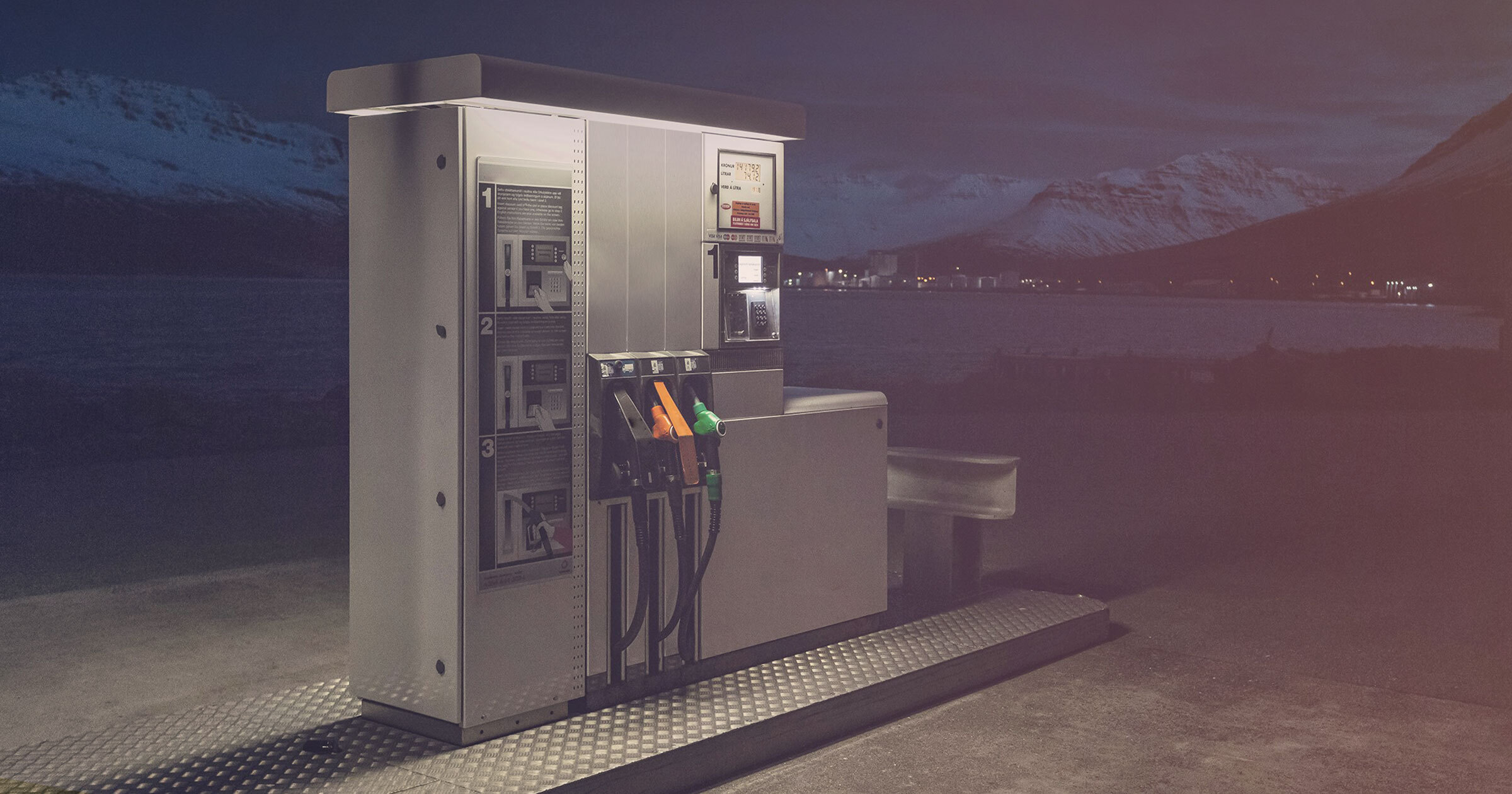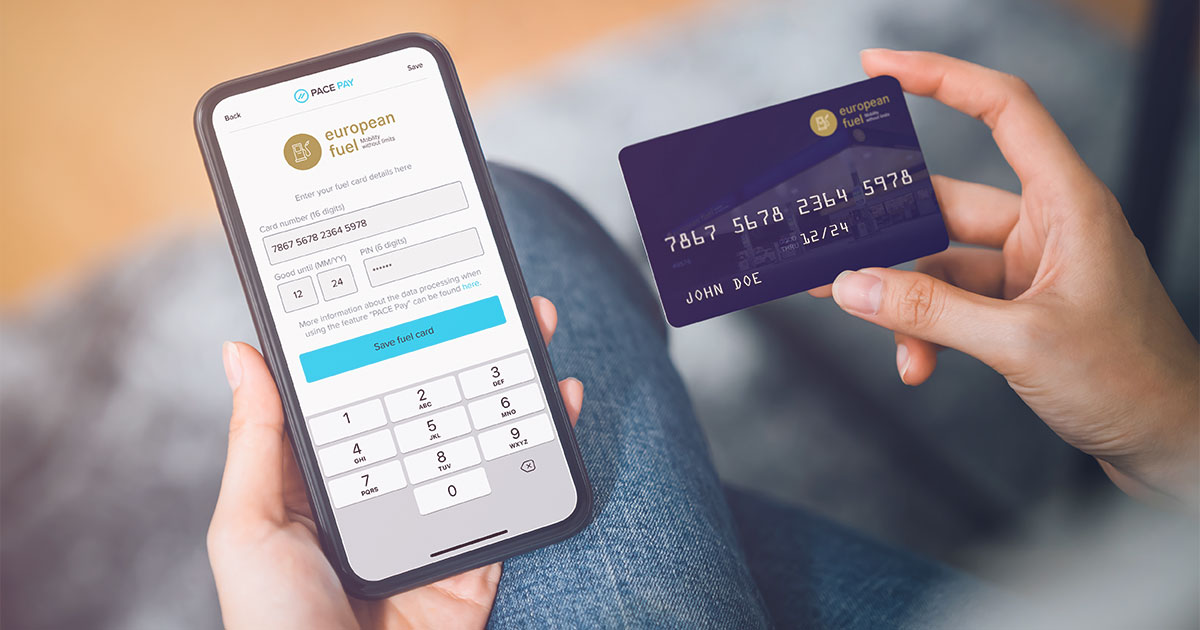
Self-Service Fuel Stations – Open 24/7 and Often More Cost-Efficient, but Are They Also Easy-To-Use?
In theory, self-service fueling stations sound incredibly convenient — they’re open 24/7 and often cheaper than traditional gas stations. However, they often have a reputation for being unsafe and difficult to use. Are these concerns justified, and is it worth refueling at such stations? We delve into the pros and cons and show you how to pay safely and easily at self-service fueling stations.
Advantages of Self-Service Fuel Stations
Self-service fuel stations offer numerous benefits that make them an attractive option. The most obvious advantage is their round-the-clock availability. These stations operate independently of business hours, making them especially convenient for night owls and commuters who need to refuel outside of regular hours. In rural areas without manned stations, self-service fuel stations save residents long drives to the nearest gas station. Additionally, fuel prices are typically a bit lower than at traditional stations with a shop, as there’s no need to cover the costs of staff and services. Moreover, the construction and operation of these stations are less complex and costly. They are often located in grocery store parking lots, which further reduces expenses.
Drawbacks of Self-Service Fuel Stations
Despite these advantages, several concerns and disadvantages make many drivers skeptical of self-service fuel stations. A major drawback is the lack of service personnel to assist with problems. If the machine malfunctions, the card is not accepted, or other technical issues arise, you are often left to handle the situation alone.
Furthermore, many self-service fuel pumps accept only a limited range of payment options. In some cases, only credit card payments are allowed, which raises security concerns among drivers. Receipts are often only available online after 24 hours, which is inconvenient and creates uncertainty about the completed transaction.
Additionally, the payment process differs from traditional stations where staff handle the checkout. At self-service stations, a specific amount is authorized first, which is then available for fueling. The actual amount is debited afterward. Many customers find this process complicated and feel more comfortable paying in a staffed shop.
Benefits of Mobile Payment Solutions
Modern mobile payment solutions can address many of these disadvantages and uncertainties. Mobile payment apps offer more payment options, including digital fuel cards that can be easily integrated into the app. Digital fuel cards allow for convenient cashless or cardless payments and significantly reduce wear and tear on terminals. Since no physical cards need to be inserted, the wear on card readers is greatly reduced, extending the lifespan of the machines and lowering maintenance costs.
Mobile payment apps also enhance transparency and control over expenses since receipts are immediately available and cannot get lost. Moreover, mobile payment methods are highly secure due to modern encryption technologies, thus minimizing the risk of fraud and data misuse. One such option is the PACE Drive app, which offers customers a secure and flexible way to refuel conveniently while on the go.
Conclusion: The Advantages and Improvements of Mobile Payment Solutions at Self-service Fuel Stations
In summary, while self-service fuel stations offer many practical benefits, they also come with certain prejudices and concerns. Integrating secure mobile payment solutions significantly mitigates these disadvantages. Mobile payment solutions not only provide a wider range of payment methods and instant receipts, but they also enhance transaction security. Thus, refueling at self-service stations becomes just as safe and convenient as at traditional gas stations.
To integrate mobile payment functionality into existing systems, the Connected Fueling platform by PACE offers a flexible and secure solution for gas station operators, oil companies, app operators and car manufacturers. It enables mobile payments directly at the pump through a uniform, cost-saving connection of all partners to the cloud system. Learn more at www.connectedfueling.com.



